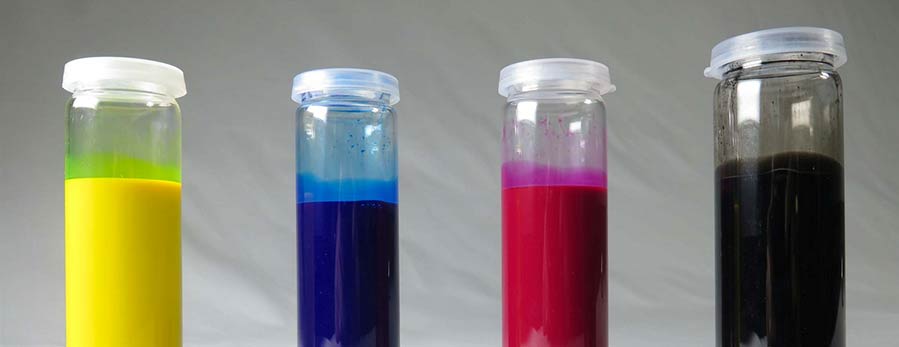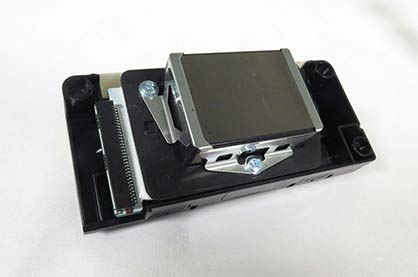Digital Printing
High color fastness with pigment inks

Chemicals applied in an optimized technical process set the quality standard in digital textile printing
The market does already offer a large range of binding agents and pre-treatment chemicals, which are suitable for modifying the surface of the textile printing substrate and improving them for inkjet printing. It has been difficult however, for targeted improvements to the digital printing results to be achieved due to the wide range of available chemical additives, each with their own mode of action.
Screening of the potentially applicable chemicals allowed particularly suitable substances to be identified. In the new phase, these chemicals were set in the optimum manner in terms of their use as preparatory chemicals for inkjet printing. When doing so, both the concentrations and mixing ratios of the individual components were adjusted. Here, an especially important step was the adjustment of the flow properties, so that the chemical ingredients were not too runny nor too viscous for application to the textiles.
The next step was focused on the setting of the process parameters for the application of the pre-treatment chemicals. The quantity of the applied chemicals, the type of application and the adaptation of intermediate drying phases - all of these process steps ultimately influence the printing result. The optimization was done separately for different application processes, such as Foulard, screen printing or inkjet printing.

The pigment inks used within the research project are an in-house development from DITF: Fine-particle pigment dispersions are manufactured from organic color pigments. The addition of binding agents allows good adhesion of the pigments on the textile substrate. And the addition of additives to the mixture allows additional properties of the pigment inks such as their hygroscopic or rheological properties to be influenced.
In conjunction with the selected pre-treatment chemicals, the pigment inks enable excellent printing results. Test prints on cotton substrates showed excellent contour qualities, color fastness and high color depths.
